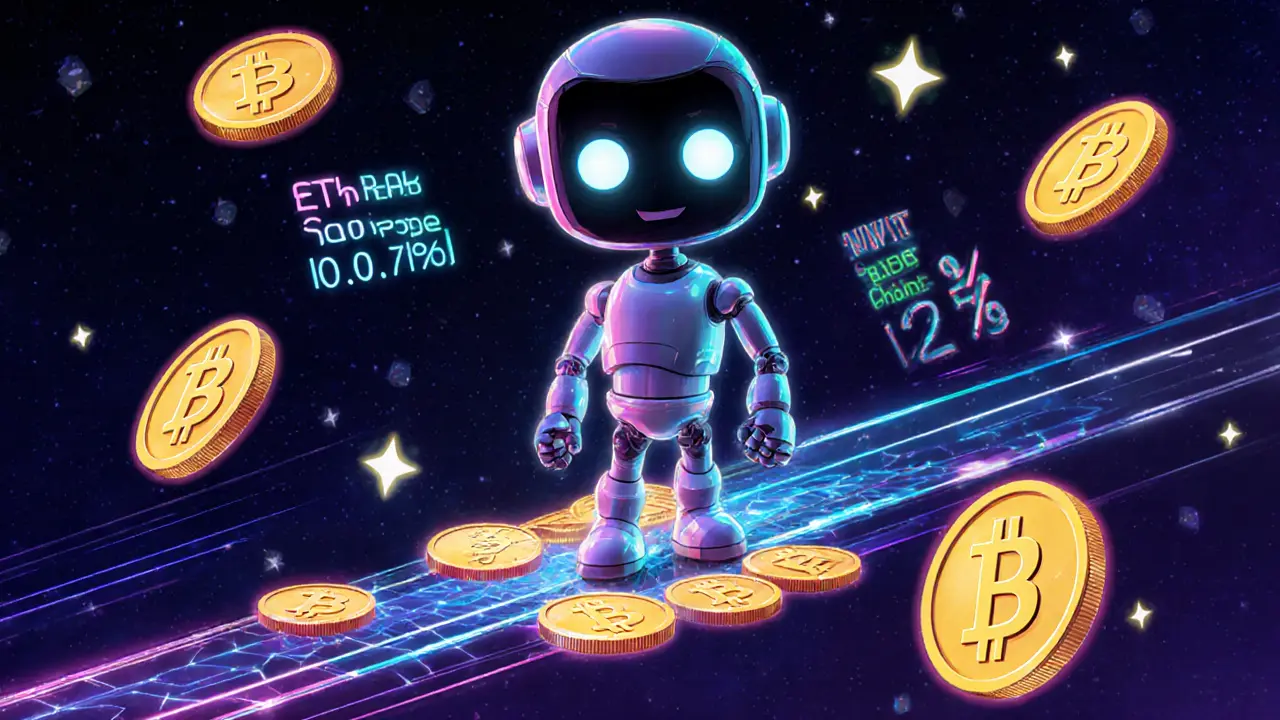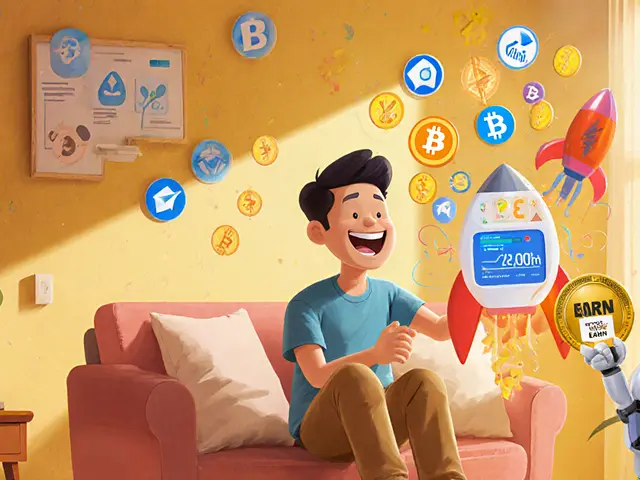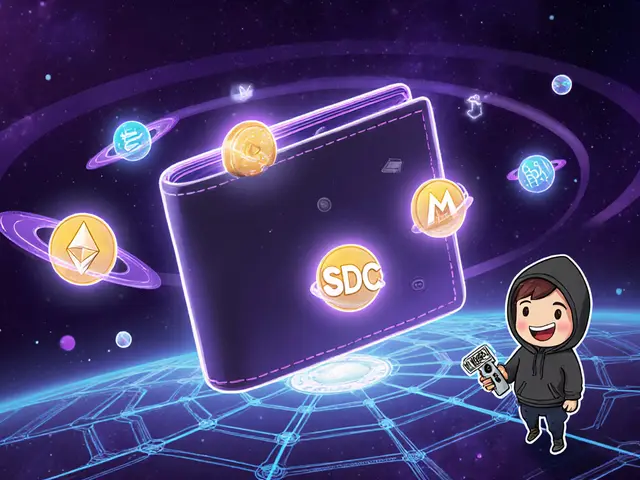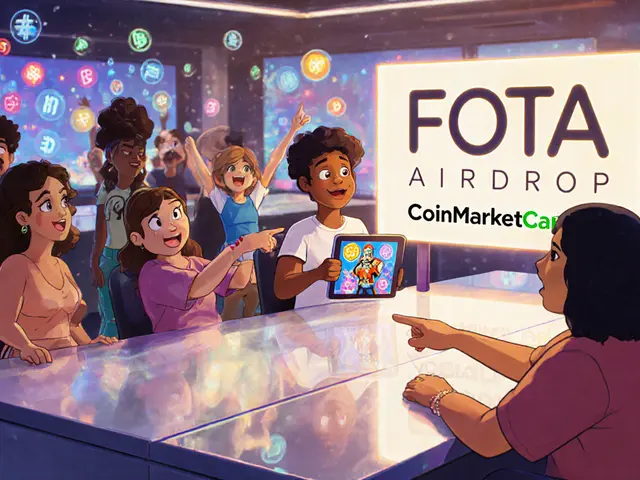Cross-Chain DEX: How Decentralized Exchanges Connect Blockchains
When you trade tokens across blockchains without switching wallets or using middlemen, you’re using a cross-chain DEX, a decentralized exchange that enables direct token swaps between different blockchains like Ethereum, BSC, and Solana without relying on wrapped assets or centralized bridges. Also known as multi-chain DEX, it removes the friction of moving assets between chains—something most users still struggle with today. Most crypto users still rely on bridges or wrapped tokens to move ETH to BSC or SOL to Polygon. But that’s slow, expensive, and risky. A real cross-chain DEX lets you swap, say, USDC on Ethereum directly for BNB on Binance Chain in one click, using a shared liquidity pool that spans both networks.
This isn’t just about convenience. It’s about control. When you use a bridge, you’re trusting a third-party smart contract that could get hacked—or worse, shut down. Projects like LayerZero, a communication protocol that lets blockchains talk to each other securely without centralized relayers and Chainlink CCIP, a secure, decentralized infrastructure for cross-chain messaging and token transfers are building the backbone for this. They don’t hold your funds. They just verify that the transaction happened on the source chain and trigger the swap on the destination chain. That’s the difference between a bridge (which moves your asset) and a cross-chain DEX (which swaps your asset in place).
But not every project calling itself cross-chain is actually doing it right. Some just repackage old bridge tech. Others have liquidity so thin that swapping $100 takes 20 minutes. The ones that work—like the ones featured in our reviews—use real interoperability, not just marketing buzz. You’ll find posts here that break down which DEXs actually deliver fast, low-cost swaps, which ones are still in beta, and which ones are outright scams hiding behind fancy terms. You’ll also see how these tools connect to real-world use cases: trading tokens from airdrops on BSC while holding NFTs on Solana, or using Bitcoin-native DeFi without converting to wrapped BTC.
What you’ll find below isn’t a list of every DEX out there. It’s a curated collection of real, working examples—some that failed, some that still stand, and others that are quietly changing how traders move between chains. Whether you’re trying to claim an airdrop on PulseChain while holding tokens on Ethereum, or just want to avoid paying $50 in gas fees to move your USDT, this collection shows you what actually works in 2025—and what’s just noise.



